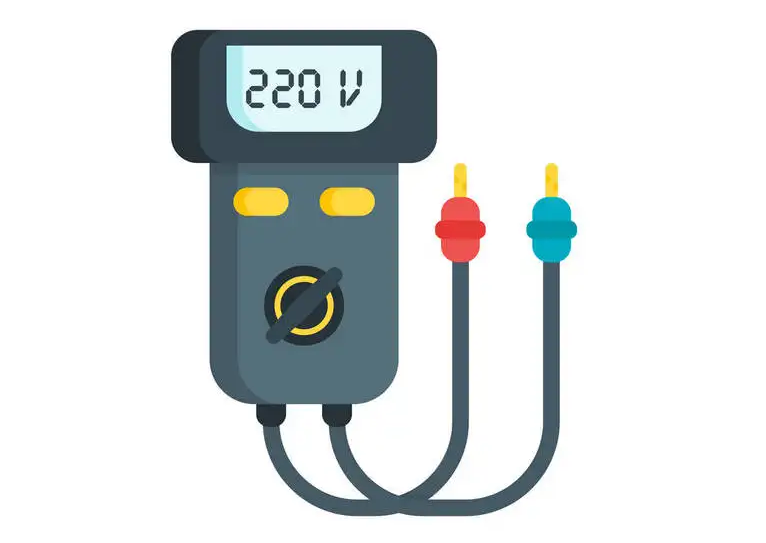Potential Transformer&Capacitive Voltage Transformer
Electromagnetic Voltage Transformer (PT) and Capacitive Voltage Transformer (CVT) are widely used in power system. Although capacitive voltage transformers and electromagnetic current transformers commonly used in power grids have mature technology and long-term operation and maintenance experience, their measurement linearity is poor, the transient response speed is slow, and the transient error characteristics of electromagnetic current transformers are not ideal.

Traditional electromagnetic voltage transformers are characterized by large weight and volume, and with the development of UHV power grid, their insulation strength requirements are becoming more and more difficult. At the same time, due to the iron core, it may lead to ferroresonance overvoltage and the dynamic range reduced by ferromagnetic saturation, and other shortcomings, it has become increasingly unfit for the current development trend of intelligent power grid.
Compared with the electromagnetic voltage transformer, the capacitive voltage transformer has more advantages. Its partial voltage structure can improve the dynamic range of the transformer and make it easier to improve the insulation strength. However, the transformer cannot track the voltage change in time and cannot meet the requirements of the maintenance system. Moreover, the transformer can capture the high-frequency overvoltage waveform and cannot meet the requirements of fault diagnosis and online monitoring of the power system. However, the RLC circuit composed of the coupled capacitor, compensating reactor, intermediate transformer and other internal energy storage components of the capacitive voltage transformer will make the transient characteristics of the capacitive voltage transformer worse, so that the output of the capacitive voltage transformer cannot immediately follow the change of the primary input when the primary system fails, such as voltage drop. In addition, under the high frequency overvoltage, The secondary output may have high frequency oscillation caused by ferroresonance, which cannot reflect the primary input waveform. The use of electromagnetic voltage transformers and capacitive voltage transformers is also limited in some situations where direct measurement is not easy, such as the measurement of high voltage bushing and transformer windings wrapped by insulation.




